THE cloves they are among the most particular and loved spices, as they are rich in beneficial properties and endowed with an unmistakable aroma. The small “nails” that resemble a carnation are precious because they have a high content of eugenol, an essential oil renowned for its therapeutic virtues. At the botanical level, these are the not yet blossomed and dried flowers of the Syzygium aromaticuma plant of exotic origins that has always been used in folk medicine and herbal medicine.
In this article we learn about the plant from which cloves are born, the cultivation techniques to adapt it to our climate and all the properties and benefits of its famous flowers.
Botanical identification of Syzygium aromaticum
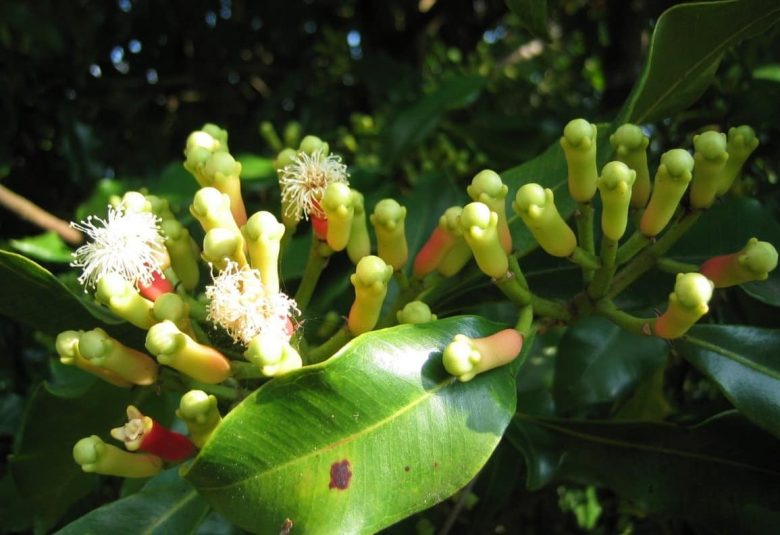
Syzygium aromaticumalso known as Eugenia caryophyllatais an evergreen plant of the botanical family of Myrtaceaethe same as ours myrtle.
Origin of cloves
The plant Syzygium aromaticum is known as cloves (clove in English). Its origin is traced back to a remote corner of the Indian Ocean, namely the Moluccas Islands, also called the Spice Islands. These were for a long time subject to the colonial rule of the Portuguese and Dutch, who imposed a sort of monopoly and prevented this precious spice from being reproduced elsewhere. Towards the end of the 1800s the first clove plants began to be exported to exotic places such as the island of Zanzibar, the archipelago of the Antilles, the Mauritius islands. Today this spice is grown in tropical areas of South America, Africa and Asia.
Origin of the name
The vulgar nomenclature “cloves” has little to do, on a botanical level, with the flower of the common carnation (Dianthus caryophyllus). It is only the appearance of the small brown nails and the strong smell that the essence emanates that reminds that of carnation.
Characteristics of the Eugenia caryophyllata plant
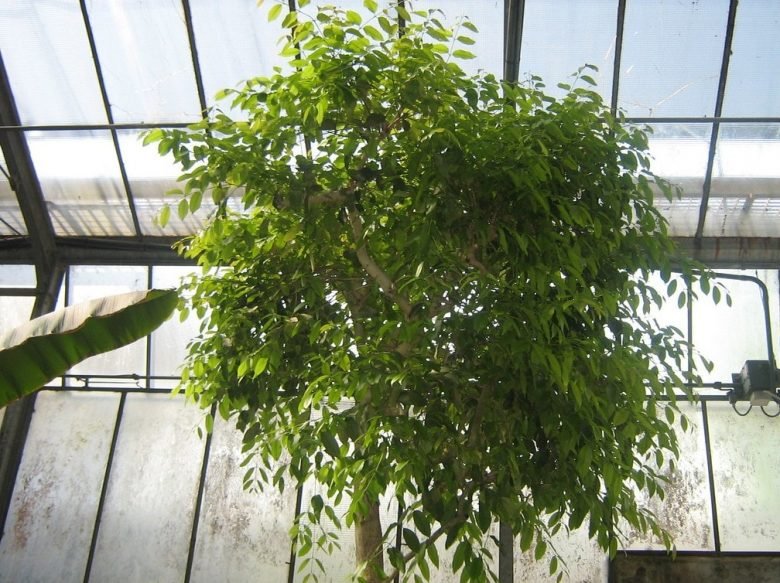
L’Eugenia caryophyllata is the other name by which the Syzygium aromaticum. It is a small tree with a shrubby habit, which can reach a maximum height of 10-15 m. It has a rather straight main trunk, with smooth bark and a greyish color. Without pruning, it emits suckers and forms a shrub. The foliage is a beautiful deep green color, with opposite, oval and leathery leaves reminiscent of that of the laurel. Just like bay leaves, clove plant leaves also have a strong, pungent aroma. This is due to the presence of the oil glands that guard theessential oil.
Cloves
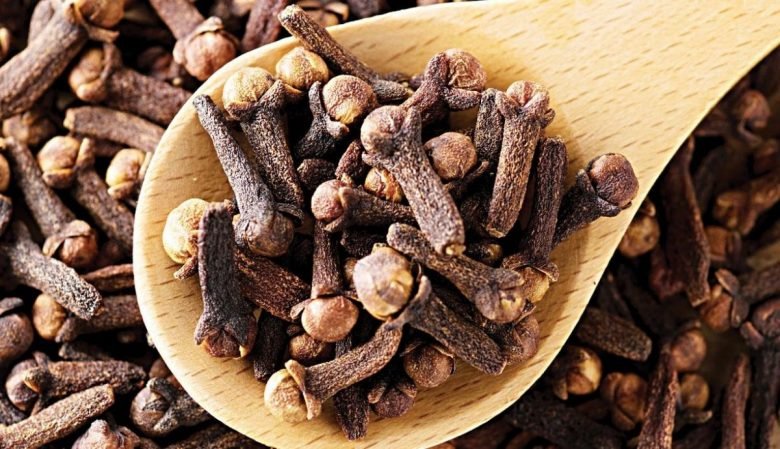
The flowers are gathered in a racemic inflorescence, terminal on the branches, composed of 20-25 flowers. They are small, have short peduncle, elongated calyx, light green but which turns red when ripe. They have 4 lobes on which 4 white, concave and overlapping petals grow, forming a hemispherical cap. Flowering occurs in summer in our climates, but also in autumn in the places of origin. When ripe, the fruits are berries crowned by the persistent sepals of the flowers, with two lodges that enclose the seeds.
The name clove refers to the flower, which is harvested immature, that is, when it has not yet blossomed.
Collection
Harvest takes place 1-2 days before flowering, when the calyxes are very red. They separate from the peduncle and dry in the sun, after a short passage in boiling water. The dried clove is 10 to 20 mm long, with a thin, elongated base and a head that resembles a nail. The darker it is, the lower the quality. The smell is very strong, warm and aromatic. The taste is pungent, just in the mouth it gives a slight feeling of numbness. It keeps well in airtight glass jars.
How to grow cloves
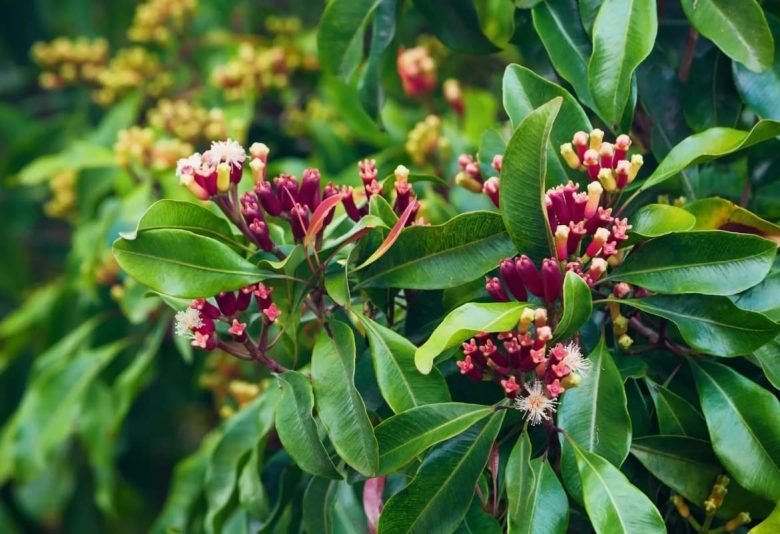
The clove plant grows well in very humid and warm areas. It does not tolerate temperatures below 5 ° C well and not even direct sunlight. In the North it could be groped to grow it in a greenhouse or in pot, thus protecting it from the cold. While in the South it is possible to try cultivation in the open ground in coastal areas, but protecting it from the intense sun with the shading nets. Like a medium-textured soilwith pH towards acidwhich can be prepared by mixing universal soil with peat like this. The plant is found in nurseries that trade exotic plants. It is reproduced from seed and takes several years to begin abundant blooms.
Irrigation and fertilization
L’irrigation it must be regular in summer, but not excessive. In the other seasons, the plant should only be wetted from time to time.
It can be fertilized once a year, in spring, by amending the soil with an organic fertilizer specific for acidophilic plants, such as ground lupins.
Grow the Eugenia caryophyllata in pots
When growing cloves in pots, a repotting should be done in a larger container every 2 years. Excellent for this type of plants are pots in geotextile fabric, very versatile and light. Cultivation of the Syzygium aromaticum in pots it gives the great advantage of being able to move the plant indoors in the cold months. Furthermore, this remains smaller and more beautiful from an ornamental point of view.
When ripe, the production of flowers is abundant, so a good flowering is enough to make a good supply of cloves.
Properties and benefits of cloves
Cloves have therapeutic properties that have always been valued in folk medicine. More modern studies have confirmed the validity of its benefits and their pharmacological value. The peculiarity of the nails is to act on several levels on the various organs and systems of our body. The main constituents contained within them are: essential oil eugenoltannins, flavonoids (quercetin, eugenin, canferol, rhamnetin), mucilage and fatty oil.
The properties of this spice I’m:
- at the level of the neuromuscular apparatus it has anesthetic, analgesic, antirheumatic, anti-inflammatory properties (it is traditionally used, for example, in case of toothache);
- it helps the digestive system, since it is an aperitif, carminative, proteolytic, antiemetic;
- on the respiratory system has several benefits. It is expectorant, bechica, antiseptic;
- for the central nervous system it is stimulating, sedative, hypnotic;
- on visceral smooth muscles it has proved to be spasmolytic and tonic in the uterus and can be stimulating for the prostate;
- for the skin it has a healing effect;
- in the blood it has anti-platelet benefits;
- it acts against infectious agents and parasites, being antibacterial, antifungal, antiviral, insect repellent, anthelmintic.
The Syzygium aromaticum uses
Cloves are widely used in cooking as a flavoring. They are often added to homemade liqueurs, such as nocino. In the northern regions it is a fundamental ingredient of mulled wine. They are used in the preparation of both sweets and savory dishes, especially in oriental cuisine. A very simple use is to add some to tea or herbal tea, to best vaporize the penetrating aroma.
Outside the kitchen they find space in cosmetics and objects, as natural fragrances. It is very simple to stick a few in the peel of an orange to perfume the wardrobe. If you look for them there find them here.
Essential oil
Clove essential oil is liquid extracted from flower buttons with the vapor current technique. So it is not extracted from dry nails. However, it can also be extracted from the leaves, even if its quality is lower. It is used in aromatherapy for the properties of eugenol described above. Finally, it is easy to find moles specialized shops.

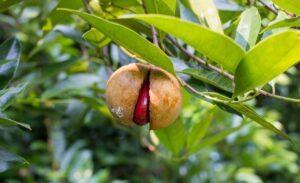
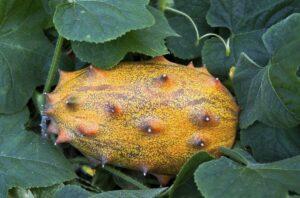
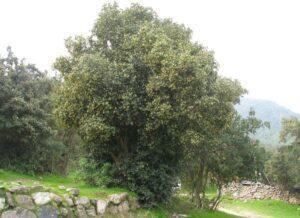
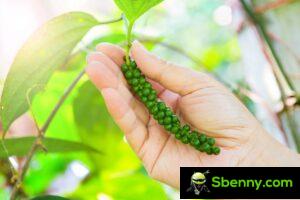
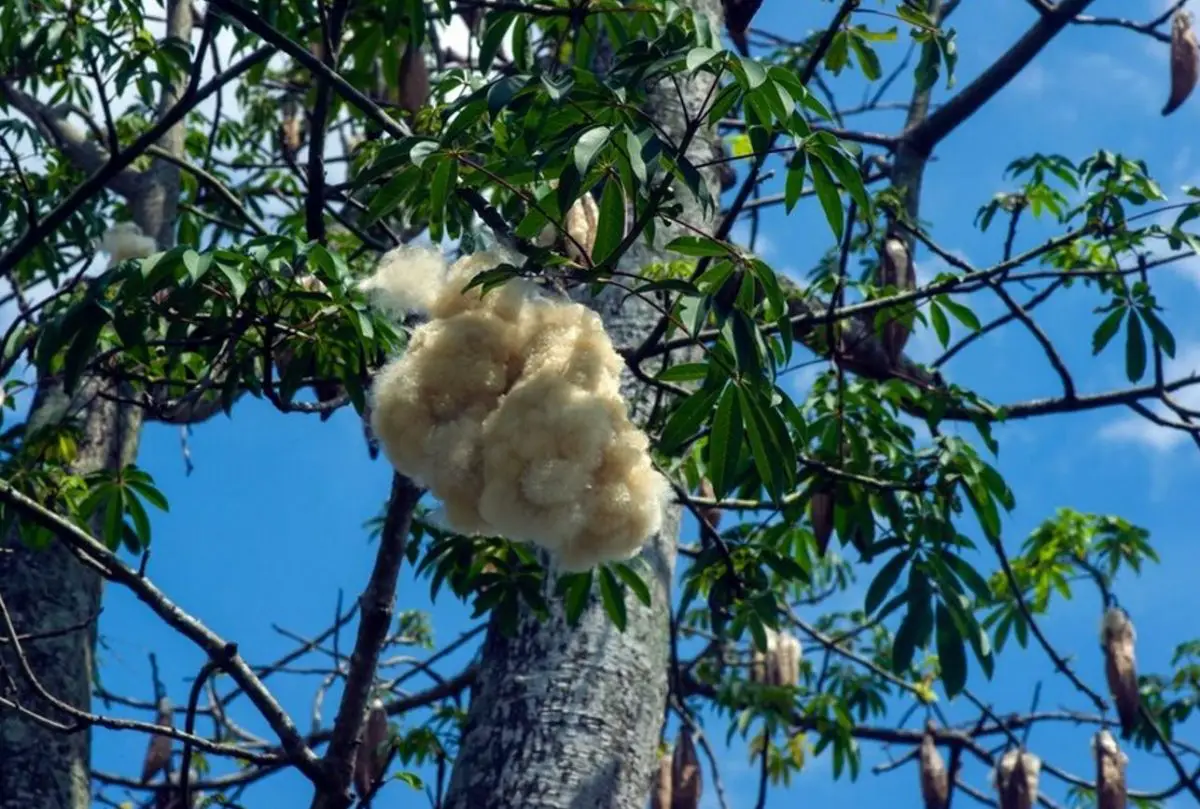
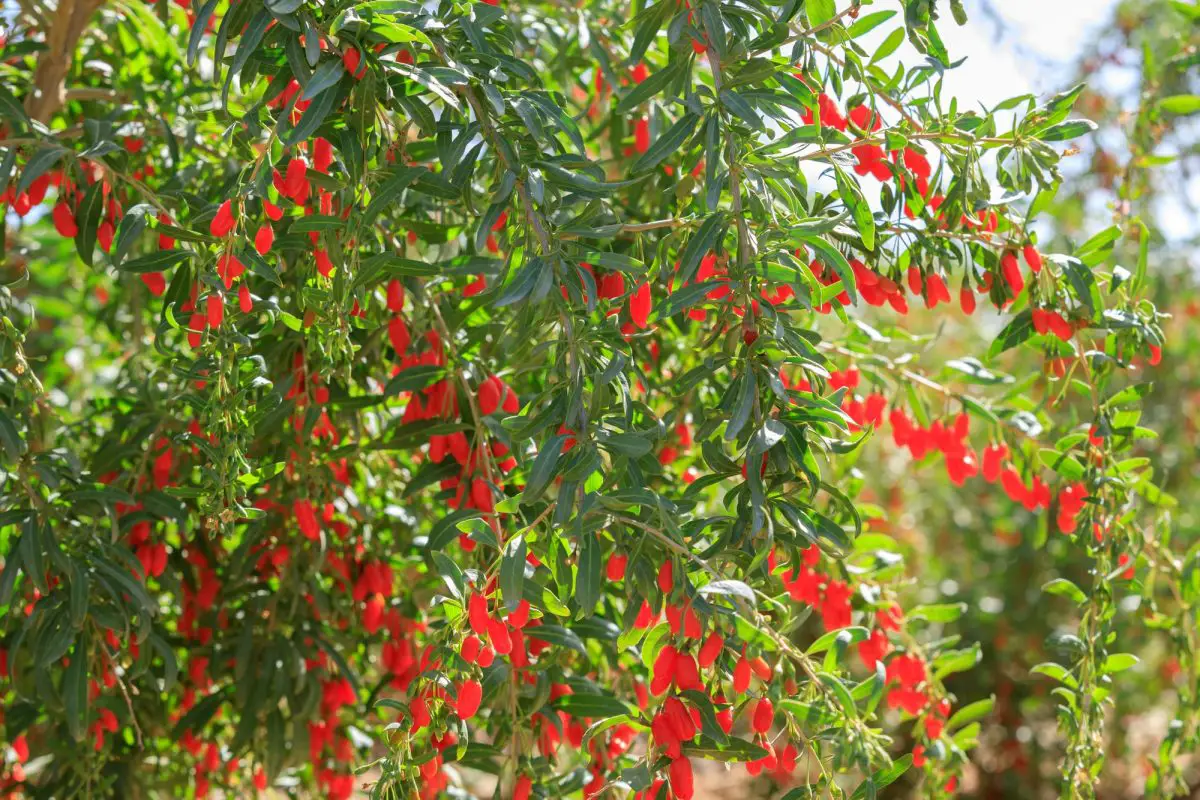
Start a new Thread